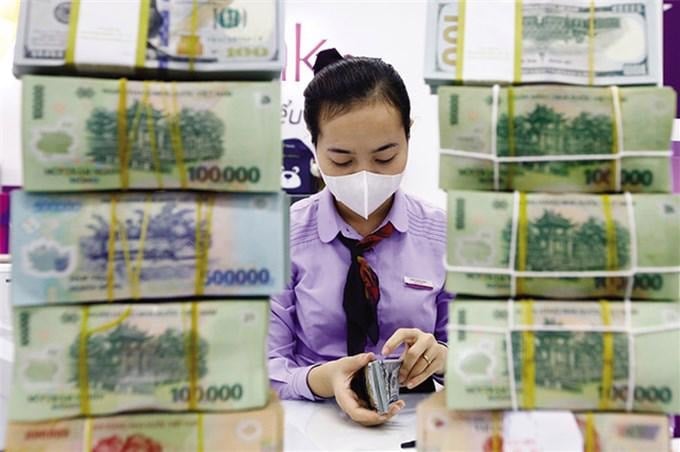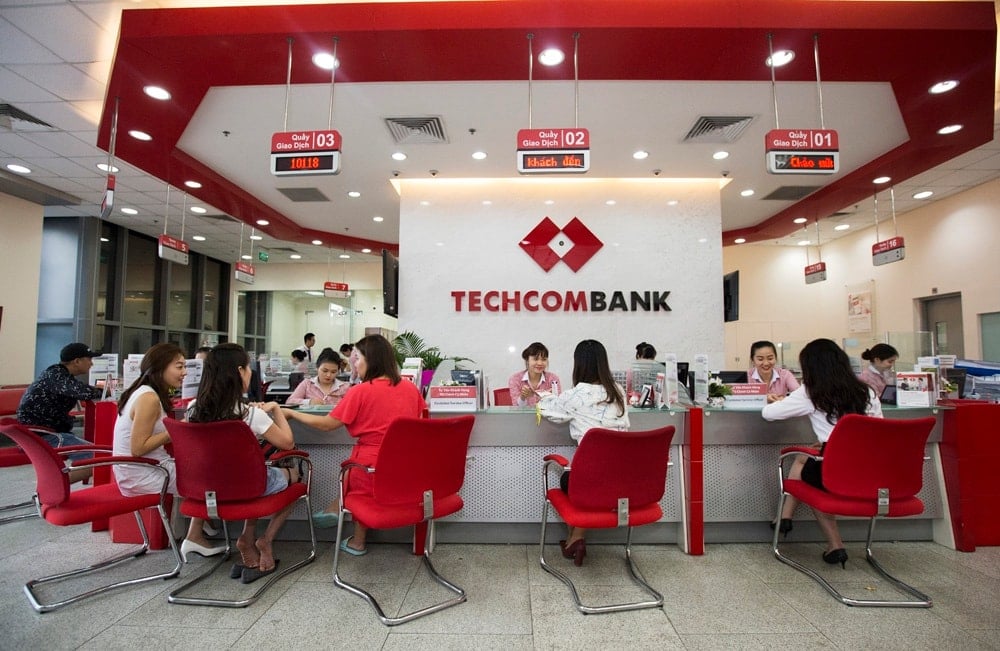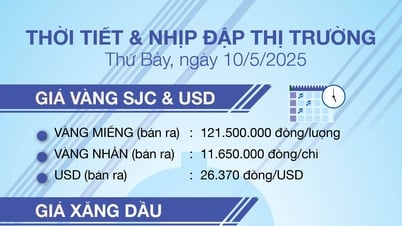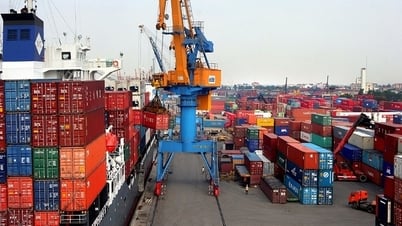Interest rates under great pressure due to increasing deposit-lending gap
According to data from the State Bank of Vietnam (SBV), in the first quarter of 2025, credit growth doubled the capital mobilization rate, pushing the gap between total outstanding loans and deposits in the banking system to a record level of more than VND1.1 million billion.
In a recent report to the National Assembly, Governor of the State Bank of Vietnam Nguyen Thi Hong said that the State Bank of Vietnam will maintain its operating interest rates at a low level to guide the reduction of lending interest rates, support businesses and people, and at the same time require credit institutions to reduce operating costs. However, the interest rate level is facing many pressures.
This pressure comes from the fact that lending interest rates have fallen sharply in recent times, while credit demand is forecast to increase sharply to serve the economic growth target in 2025. Meanwhile, capital mobilization is at risk of being affected by competition from other attractive investment channels such as real estate, stocks and gold.

Since the end of February 2025, following the Prime Minister's direction on inspecting deposit interest rates, many banks have simultaneously reduced savings interest rates, making it even more difficult to attract cash flow from the population.
By the end of the first quarter, bank deposits were VND1.1 trillion lower than the amount of credit disbursed, putting great pressure on the banking system in ensuring capital for the economy.
Deputy Governor of the State Bank of Vietnam Dao Minh Tu also admitted that the system is lending more than the amount of capital mobilized, forcing it to use both its own capital and refinancing sources from the State Bank of Vietnam to make up for the shortfall.
In addition, the fact that credit institutions are stepping up the issuance of valuable papers shows a clear signal of difficulties in capital mobilization. Although mobilization from residents and economic organizations decreased in January 2025, the total means of payment of the whole system still increased by 1.46%.
According to VNDIRECT's assessment, with the goal of promoting credit growth in 2025, credit may accelerate from the second quarter onwards, leading to banks' capital mobilization demand continuing to increase in the remaining quarters of the year.
Raising capital, issuing bonds
To meet the capital needs of the economy, many banks are now trying to attract capital through channels such as issuing bonds, borrowing from international organizations, paying dividends in shares and increasing charter capital.
Recently, VPBank announced the successful completion of an international syndicated loan with an initial value of up to 1 billion USD, and at the same time allowed to expand the loan value depending on the bank's capital needs.
According to a VPBank representative, the mobilized capital will be used for priority areas such as supporting small and medium enterprises, women-owned businesses, environmental protection projects and activities with positive social impacts.
According to the April corporate bond market report of the Vietnam Bond Market Association, as of April 26, there had been 17 corporate bond issuances, with a total value of VND30,217 billion. The total issuance value since the beginning of the year has reached VND55,321 billion.
Of which, Techcombank attracted attention with 4 bond issuances worth a total of VND8,700 billion, while VietinBank and MSB respectively raised VND3,000 billion and VND4,000 billion through separate issuances.

According to experts, the issuance of individual corporate bonds with long terms not only helps banks increase mobilized capital, but also supports an increase in the ratio of medium- and long-term mobilized capital, ensuring the ratio of short-term mobilized capital for medium- and long-term lending according to the regulations of the State Bank. Therefore, it is likely that from the second quarter of 2025, the banking group will continue to promote bond issuance.
In addition to issuing bonds, many banks have also increased their capital through record-high stock dividends. For example, Vietcombank has announced a stock dividend of up to 49.5%. VietinBank and MSB also paid stock dividends at 44.64% and 20%, respectively.
During this year's general meeting of shareholders, many banks presented their shareholders with plans to increase capital strongly. For example, MB paid dividends in shares at a rate of 32%, helping to increase its charter capital. NCB was approved by shareholders to increase its charter capital by an additional VND7,500 billion through the private offering of 700 million shares, equivalent to 59.42% of its charter capital at the time of offering. VietABank also presented a historic capital increase plan (an increase of 115%, from VND5,399.6 billion to VND11,582.4 billion).
Analysts from FiinGroup said that although many banks have plans to increase Tier 1 capital (equity capital), this will take a long time to implement and is greatly affected by the stock market. Therefore, banks will continue to issue bonds aggressively in the coming time to meet credit growth requirements and ensure capital safety indicators.
Source: https://baodaknong.vn/ngan-hang-chuyen-chien-luoc-huy-dong-von-truoc-suc-ep-lai-suat-thap-251873.html
























![[Photo] General Secretary To Lam meets with Chairman of the Federation Council, Parliament of the Russian Federation](https://vphoto.vietnam.vn/thumb/1200x675/vietnam/resource/IMAGE/2025/5/10/2c37f1980bdc48c4a04ca24b5f544b33)
![[Photo] Ho Chi Minh City: Many people release flower lanterns to celebrate Buddha's Birthday](https://vphoto.vietnam.vn/thumb/1200x675/vietnam/resource/IMAGE/2025/5/10/5d57dc648c0f46ffa3b22a3e6e3eac3e)































































Comment (0)